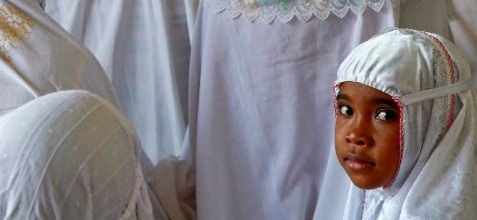Migration Virtual Hub - Kingdom of Bahrain

Like many Gulf states, Bahrain has historically relied heavily on oil as a primary source of income, however, with reserves forecast to run dry in the next 10 to 15 years, Bahrain has diversified its economy and now the financial sector, tourism, construction and the service industry are also major contributors to the country’s gross domestic product.
According to the 2010 census, Bahrain has a resident population of 1,234,571. It is predominantly a receiving country for migrant labour, and recently the number of foreigners overtook the number of nationals. As of 2010, 666,172 residents (54 per cent of the population) were foreigners. Nationals of Asian countries numbered 562,040, or 84.3 per cent of the foreign residents and 45.5 percent of the total population of the country.
Country Context
Key Gender and Human Rights Issues
Key Stakeholders
Ratification Records and Compliance with CEDAW
- Discrimination
- Policy Measures
- Trafficking and Forced Labour
- Prosecution
- Protection
- Prevention
- Employment
- Employment Contract
- Minimum Wage
- Minimum Age
- Benefits and Health Care
- Regulation of Employment Agencies
- Work Safety
- Equality before the Law
- Freedom of Association
- Women's Access to Justice
Analysis and Conclusions
Recommendations
References
Other countries
Bahrain | Bangladesh | Cambodia | Hong Kong SAR (China) | India | Indonesia | Jordan | Lao PDR | Nepal | Philippines | Singapore | Thailand | United Arab Emirates